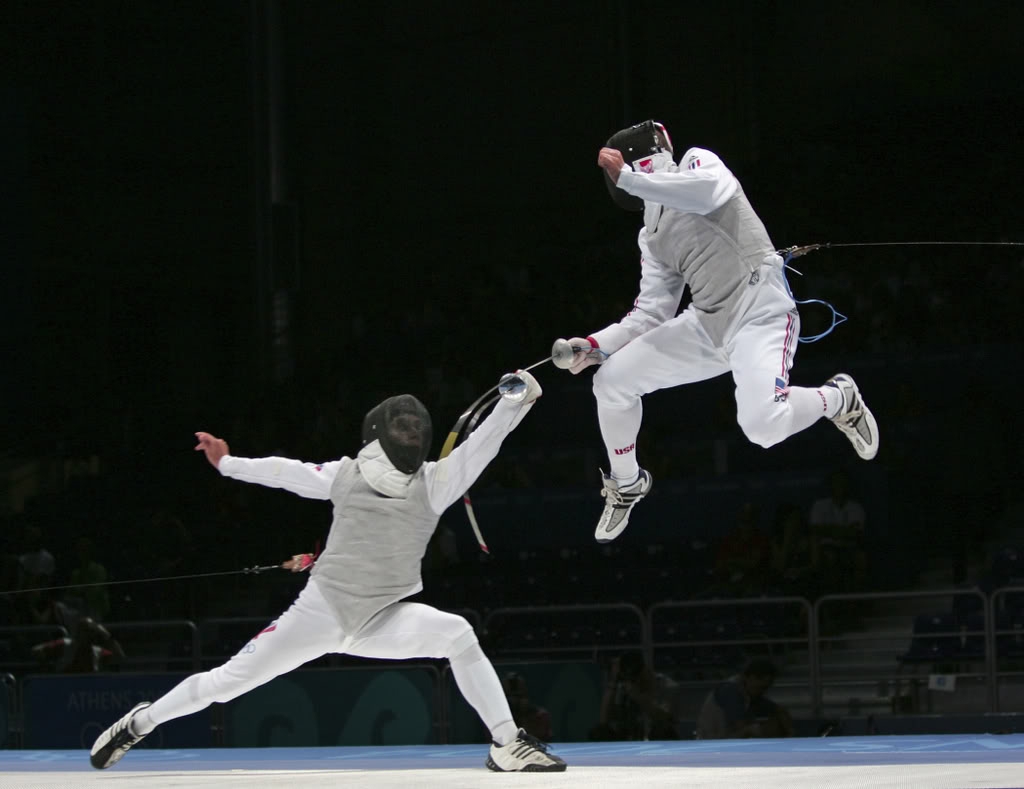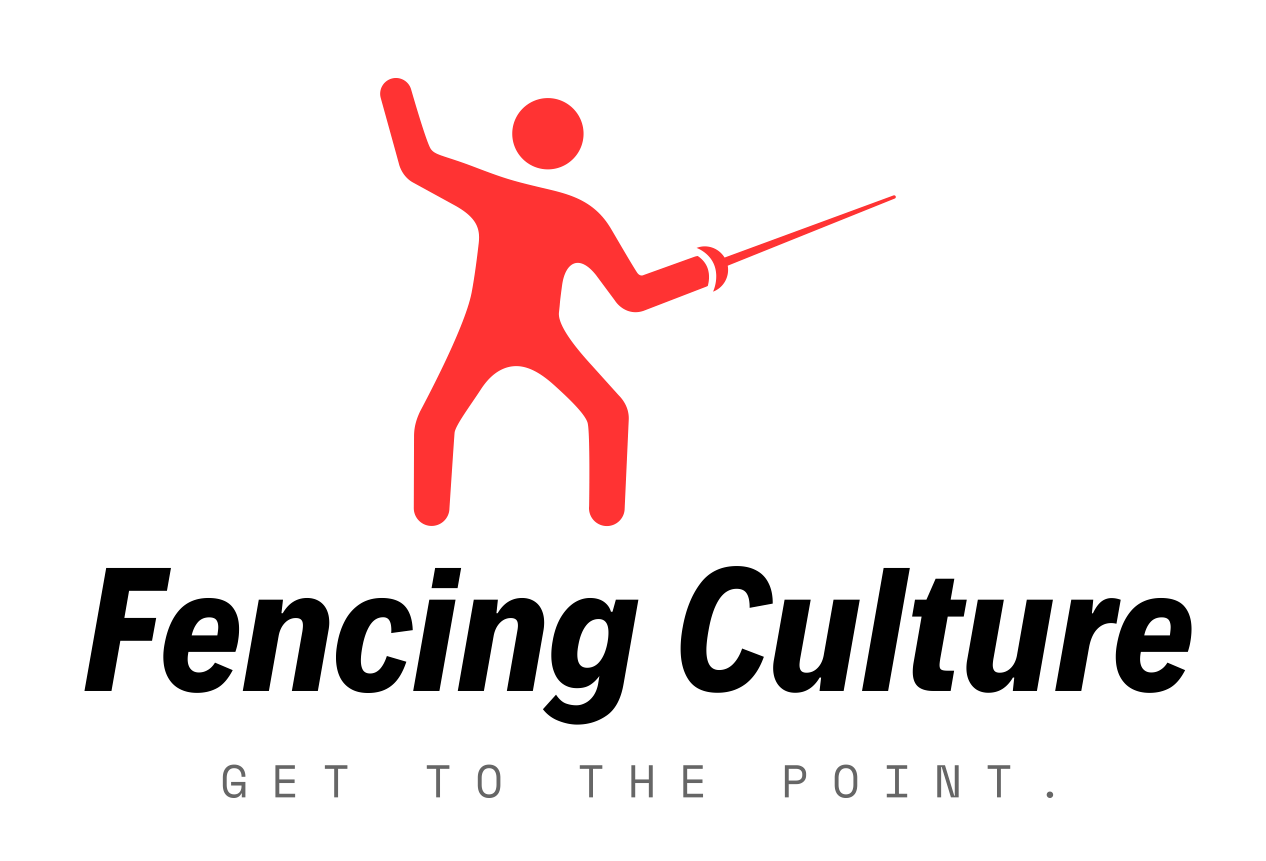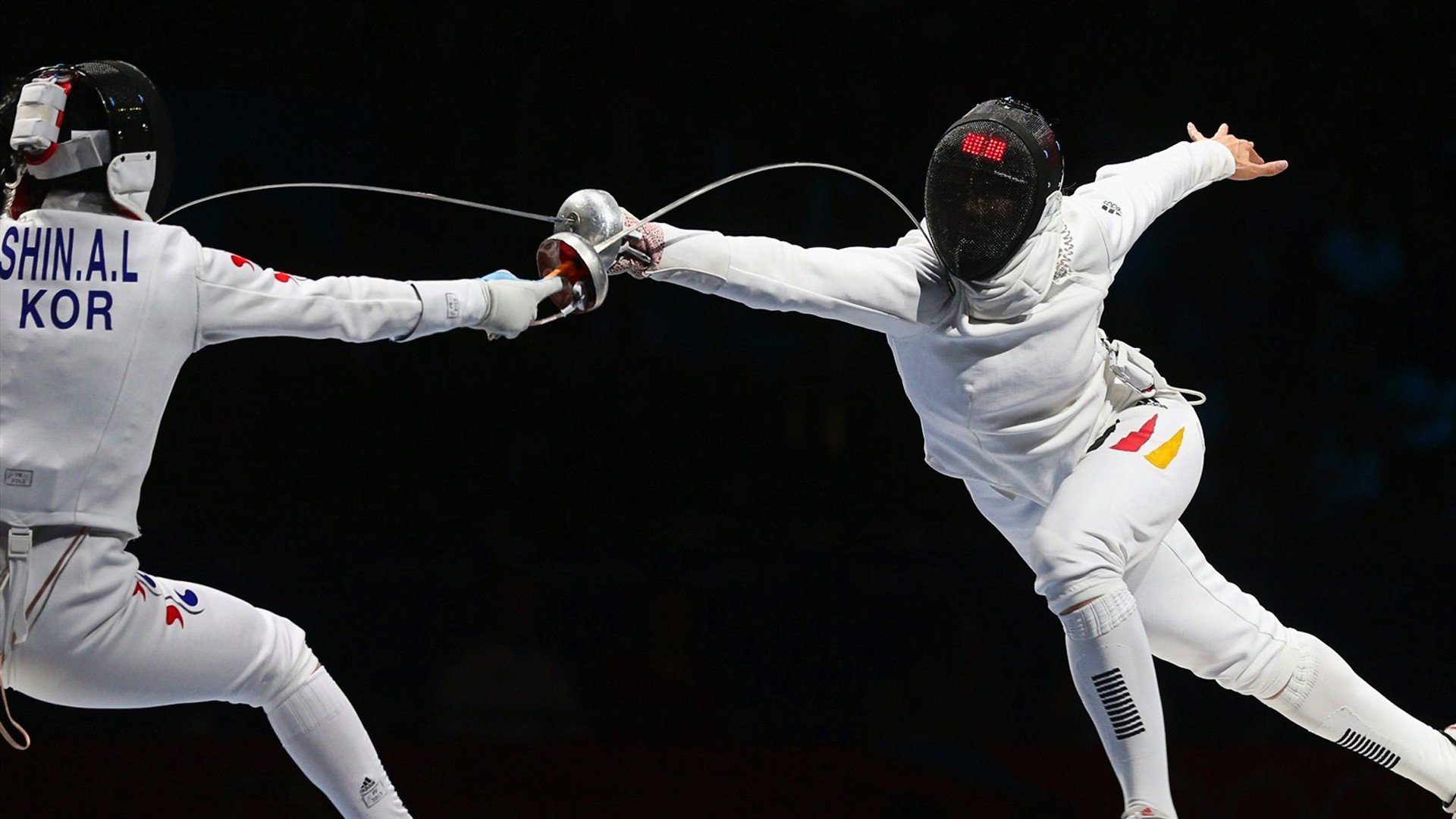
Épée Fencing
The Strategic Battle of the Épée: Where Every Millimeter Matters
Épée fencing, often considered the purest and most straightforward of the three disciplines, throws fencers into a strategic battle where patience, precision, and exploiting the slightest opening are paramount. Unlike foil and sabre with their conventions of right-of-way and restricted target areas, épée offers a unique and compelling challenge.
The Weapon and the All-Encompassing Target:
The épée is a heavier thrusting weapon compared to the foil, with a larger bell guard to protect the hand. The defining characteristic of épée is its target area: the entire body from the top of the head to the tips of the toes. This means any touch, no matter where it lands, can score a point. This fundamental difference drastically alters the tactics and approach compared to the other two disciplines.
The Absence of Right-of-Way:
Another key distinction of épée is the absence of the right-of-way convention. If both fencers land a touch within a short timeframe (typically less than 40-50 milliseconds), both touches are counted. This encourages a different style of fencing, often characterized by:
- Careful Timing and Distance: Fencers must be acutely aware of their distance and the precise moment to launch an attack, as simultaneous hits are a constant possibility.
- Strategic Defense: Protecting the entire body becomes crucial, leading to more deliberate parries and evasive footwork.
- Exploiting Smallest Openings: Even a slight extension of a limb can become a target, demanding incredible precision and the ability to capitalize on minute vulnerabilities.
- Patience and Observation: Rushing in can lead to a double touch. Épée often rewards fencers who can patiently observe their opponent, bait reactions, and execute well-timed attacks.
Key Characteristics of Épée Fencing:
- Focus on Precision: With the entire body as a target, accuracy is paramount. A well-placed touch on a hand or foot can be just as decisive as one to the torso.
- Strategic Depth: While seemingly simpler due to the lack of right-of-way, épée demands a high level of strategic thinking in terms of distance management, timing, and anticipating the opponent’s intentions.
- Individualistic Nature: The emphasis on landing the single, decisive touch often lends itself to a more individualistic and less overtly aggressive style compared to sabre.
- Mental Fortitude: The patience required, coupled with the pressure of knowing any part of your body is a target, demands strong mental focus and composure.
Why Épée Holds a Unique Appeal:
- The Purity of the Touch: For many, the simple rule of “first to touch” (or simultaneous touch) makes épée the purest form of fencing.
- The Strategic Challenge: The absence of right-of-way forces fencers to think differently about attack and defense, leading to fascinating tactical battles.
- The Emphasis on Precision: The need to target any part of the body cultivates exceptional weapon control and accuracy.
- The Thrill of the Single Light: The tension builds with each exchange, knowing that a single, well-placed touch can decide the bout.
From the Olympics to Local Clubs:
Épée is a highly respected and fiercely contested event at the Olympic Games, showcasing athletes with incredible control and strategic minds. It’s also a popular discipline at fencing clubs worldwide, attracting those who enjoy the intellectual challenge and the focus on individual skill and precision.
In the world of fencing, épée stands as a testament to the strategic beauty of the single touch. It’s a discipline where patience, precision, and the ability to exploit the smallest vulnerability can lead to victory, making every bout a captivating and often nail-biting affair.



